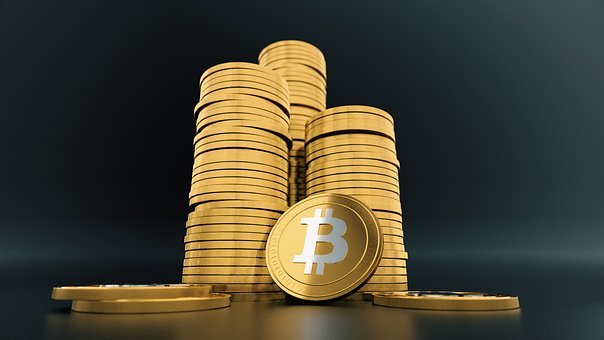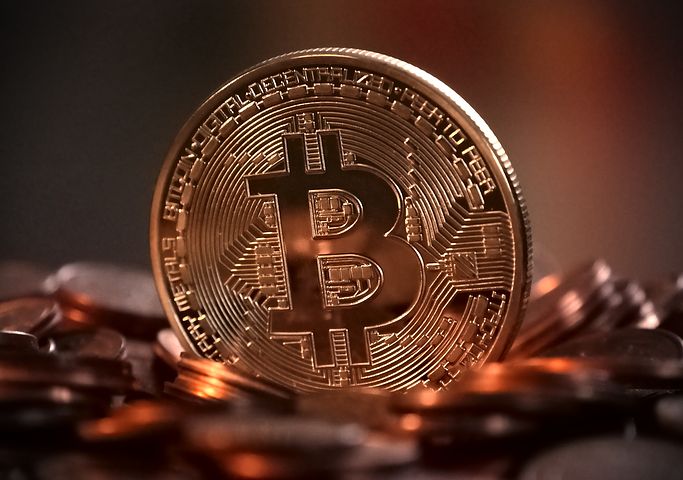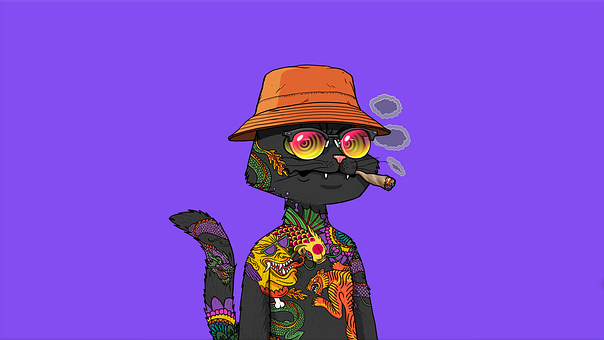Visitors have accessed this post 346 times.
Money or legal tender that is electronically stored on a computer system and cryptographically secured in order to prevent unauthorized transfers.
Digital currency is an electronic medium that provides financial transactions, media content, and other services.
Digital currency was invented by Satoshi Nakamoto in 2008.
Since then, digital currency has gone through a lot of improvements to make it a more viable form of payment.
Cryptographically-protected, virtual currency has existed for decades. It was not until 2009 that Bitcoin was introduced.
The introduction of Bitcoin and its impact in the financial world has raised many questions about the future of digital currency. This includes topics such as legality, security, and scalability.
Digital currency is generated by mathematical formulae and controlled electronically.
The types of digital currency are Bitcoin, Ethereum, Litecoin, Ripple and IOTA.
Digital currencies have the potential to change the way we do business with each other and the world.
Digital currency can be broadly classified into three categories- cryptocurrency, digital fiat and digital commodity.
The price of digital currencies depends on their demand and supply in the market.
Digital fiat is different from physical fiat as it is not issued by a government or a central bank for various reasons, such as to maintain the low inflation rate and control over the economy.
Digital commodities are an electronic representation of an asset that cannot be easily duplicated because they contain a unique code.
Digital currency has seen a surge in popularity over the past decade. One of the main advantages of digital currency is that it can be spent on a global scale with no transaction fees, which makes it much easier to transfer money from one country to the next.
Furthermore, digital currency does not have to be printed and circulated like paper currencies are. This means that there is no risk of counterfeiting or theft, unlike with cash and credit cards.
Digital currency has a number of disadvantages. It is not backed by any commodity, and people’s trust in it is based on their faith in the system. It also has a number of disadvantages. For example, digital currencies can be hacked. Furthermore, hackers have been known to steal large amounts of bitcoin from exchanges like Mt Gox and others.
Digital currency has been around for years and many people use it to make their purchases. However, not all establishments accept digital currencies. For example, you might find a burger joint that only accepts cash or credit cards.
A digital currency is a type of currency that is electronically created and stored. Bitcoin is the most expensive example of this currency.
As time goes on the price of bitcoin has increased dramatically. It has grown from $0.06 in 2010 to over $11,000 in December 2017.
There are many ways to earn digital currency. The first, easiest and most common way is to mine for it. Mining is when a computer solves a mathematical problem in order for blocks to be added to the blockchain. When a member solves the problem, they receive a reward of newly created coins, which goes directly into their digital wallet.
The other way is through an exchange service like Coinbase or Binance, where you can buy and sell cryptos in exchange for different currencies like Bitcoin or Siacoin. You can purchase them from an existing cryptocurrency owner on these exchanges, or trade one cryptocurrency for another using these services.
Digital currency is here to stay. The new form of currency will be as common as credit cards for many people and can be used just like cash or credit, with some added benefits.
Many banks around the world, like JP Morgan Chase, Citigroup, and UBS have been working to build up infrastructure for digital currencies. These are companies that would not want to miss out on the opportunity for future profits.
The new form of currency is already present in some areas around the world. Estonia has had a national digital currency since 2014, called ‘e-residency’.
NFTs are a new asset class, which can be physical, digital, or both.
NFTs are comparable to physical items like baseball cards and digital items like MP3s.
NFTs include Cryptokitties and artwork from the game CryptoPunks.
Digital currencies are a hot topic nowadays. The most popular digital currency is NFTs – Non-Fungible Tokens.
We are living in a digital world where everything we do depends on the internet and its technology. In this fast-paced environment, it’s not easy to keep up with all the changes happening around us.
Non-Fungible Tokens or NFTs are quickly becoming a popular method of exchanging value online in games or virtual spaces such as CryptoKitties and Rare Pepe Cards
The ERC20 protocol was created by Vitalik Buterin, who later went on to invent Ethereum, which is currently the second most valuable cryptocurrency behind Bitcoin
NFTs come with unique traits which makes them more interesting than fungible tokens.


